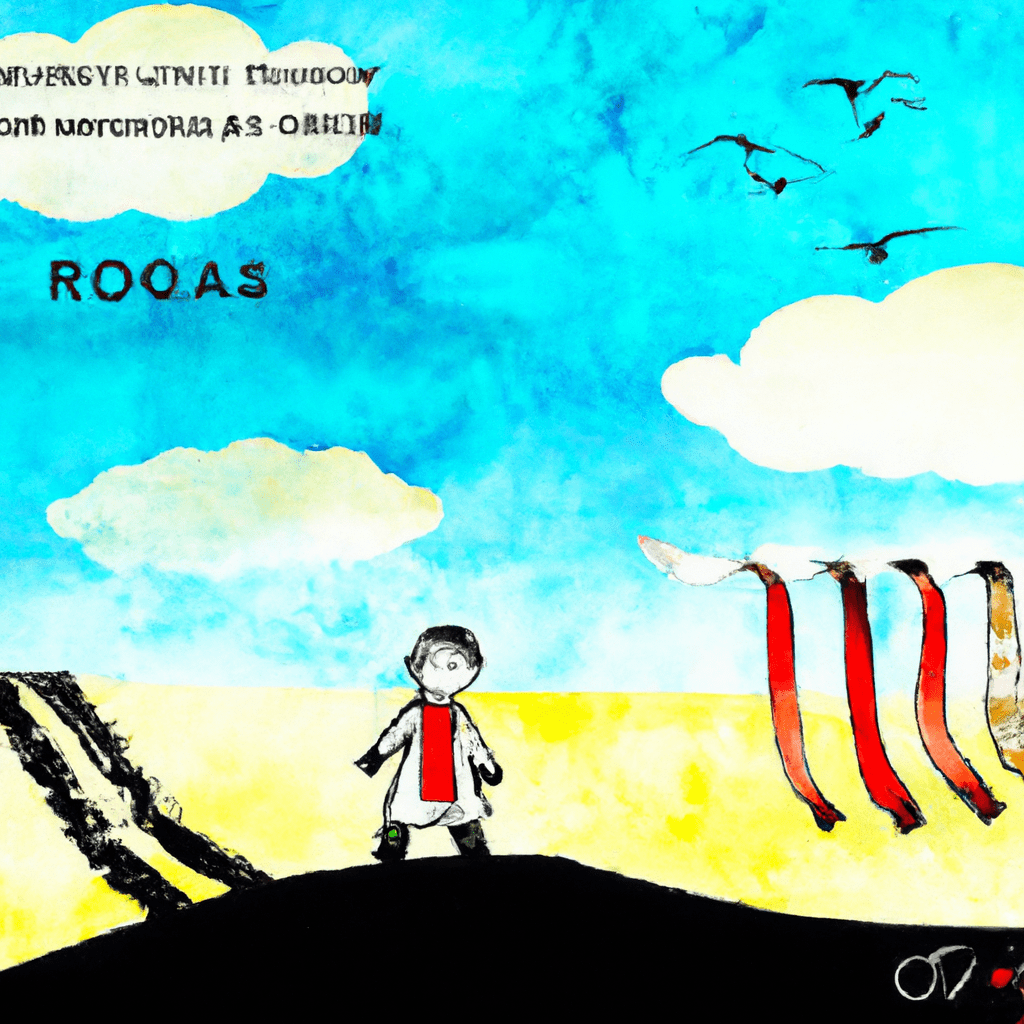The Silent Crisis: 14,000 Gazan Infants Face Grave Risk, Aid Hindered by Red Tape and Conflict – Shlok’s Automation
The situation in Gaza is dire. An estimated 14,000 infants are at immediate risk of death due to scarcity of essentials such as food, clean water, and medical supplies. This imminent threat to their lives is not due to a sudden natural disaster or epidemic. Rather, it is a result of protracted political conflict, blockades, and bureaucratic red tape that’s blocking much-needed aid from reaching those most in need.
The Unfolding Humanitarian Crisis
Gaza, home to nearly two million Palestinians, is often referred to as the world’s largest open-air prison. The 25-mile long, 7-mile wide strip of land has been under an Israeli-Egyptian blockade since 2007, making it one of the most densely populated and impoverished regions in the world.
Many of Gaza’s children are malnourished, and the blockade has led to severe shortages of essential items, including food, clean water, electricity, and medical supplies. It is these shortages that have put an alarming 14,000 infants in immediate risk of death.
According to Save the Children, an international NGO, one in four newborns in Gaza is now at risk of dying due to preventable diseases caused by malnutrition and lack of access to basic healthcare services. Hospitals and clinics are overwhelmed and under-resourced, struggling to keep up with the demand for care.
The Obstacles to Aid
The crucial question is, why can’t these children receive the aid they so desperately need? The answer lies in the complex and fraught political landscape of the region.
The Israeli-Egyptian blockade is a significant obstacle. Under the blockade, the movement of goods and people in and out of Gaza is heavily restricted. This includes humanitarian aid. Israel maintains the blockade is necessary for security reasons, but human rights groups argue it amounts to collective punishment.
Moreover, bureaucratic red tape further impedes the flow of aid. Lengthy and complex approval processes for aid shipments mean that urgent supplies often get delayed or denied. This is especially problematic in emergency scenarios where time is of the essence.
Finally, ongoing conflict and political instability within Gaza itself hinder aid distribution. Factions and infighting mean that aid does not always reach those who need it most, and the constant threat of violence makes the work of aid organizations exceedingly difficult.
The Urgent Call to Action
The situation in Gaza is a humanitarian crisis that requires urgent international attention and action. The lives of 14,000 infants hang in the balance, and the clock is ticking.
Aid organizations and human rights groups are calling for the immediate lifting of the blockade and the removal of bureaucratic obstacles to aid delivery. They are urging world powers and international institutions to pressure all parties involved to prioritize the lives of Gaza’s children above political considerations.
Moreover, there is a need for increased funding for humanitarian aid. The United Nations Relief and Works Agency for Palestine Refugees (UNRWA) is facing a severe funding crisis, further exacerbating the situation. Donations from individuals, corporations, and governments can help fill this gap and save lives.
In Conclusion
The crisis in Gaza is not just about political conflict; it’s about the lives of innocent children. The 14,000 babies at risk of dying in the next 48 hours are a stark and heartbreaking reminder of this fact.
It is a call to the global community to rise above politics and red tape, to make the welfare of these children a priority. We must not allow these infants to become silent casualties of a conflict they did not choose. The time to act is now. Help must reach those who need it most, and it must reach them fast.
Anurag Dhole is a seasoned journalist and content writer with a passion for delivering timely, accurate, and engaging stories. With over 8 years of experience in digital media, she covers a wide range of topics—from breaking news and politics to business insights and cultural trends. Jane's writing style blends clarity with depth, aiming to inform and inspire readers in a fast-paced media landscape. When she’s not chasing stories, she’s likely reading investigative features or exploring local cafés for her next writing spot.






